cross-posted from: https://hexbear.net/post/1757367
Here's what I'm reading:
Show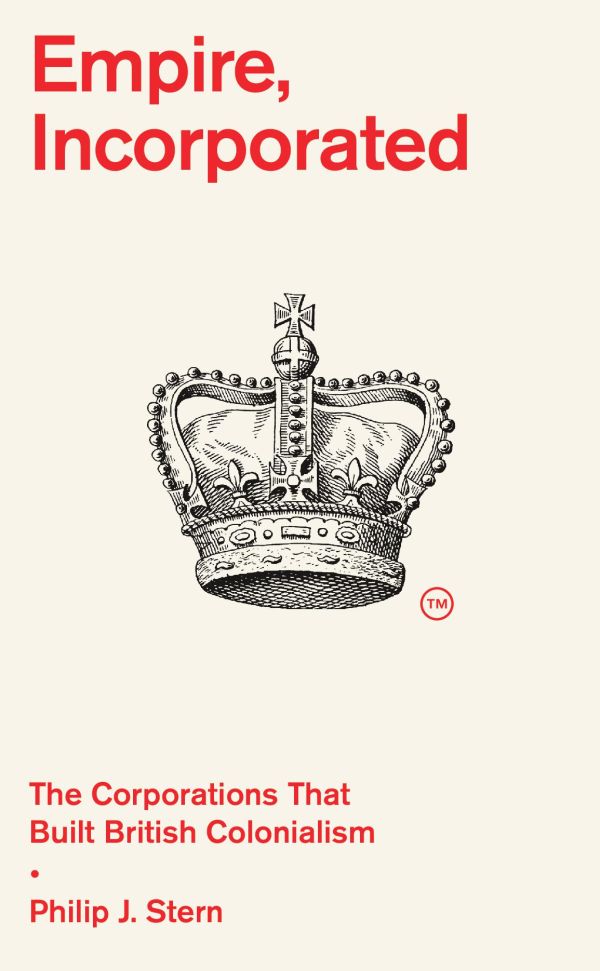
Show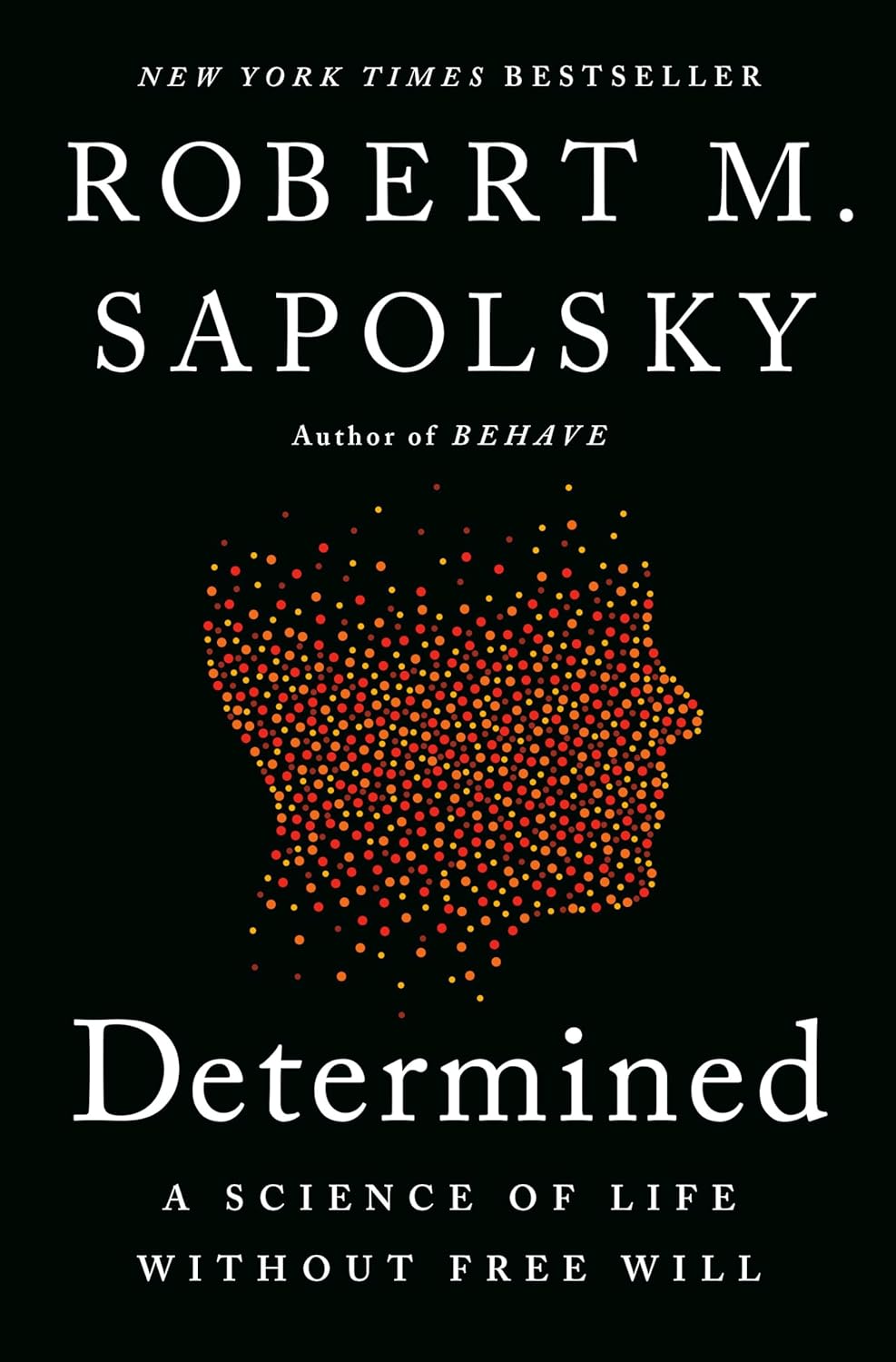
Show
Show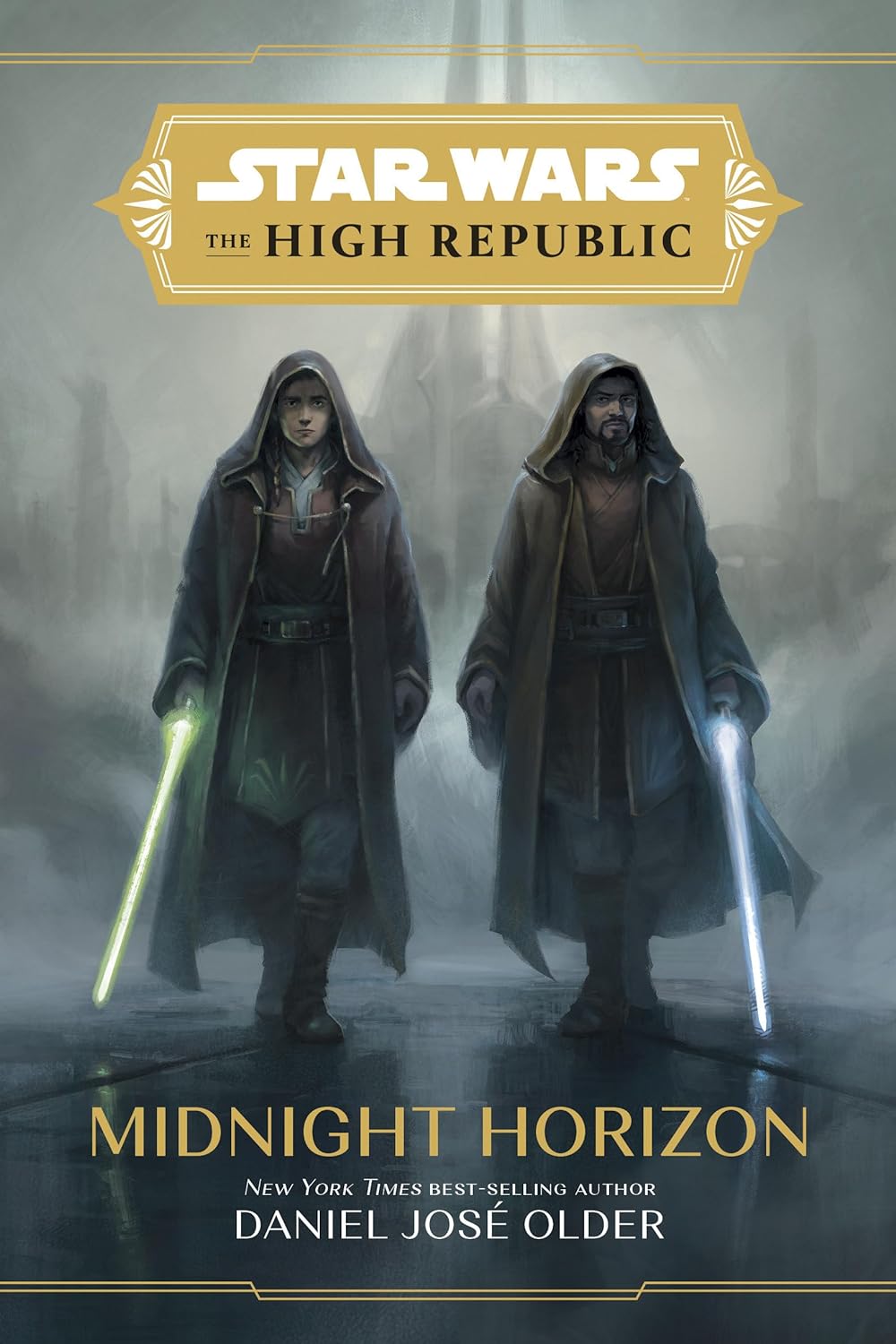
Show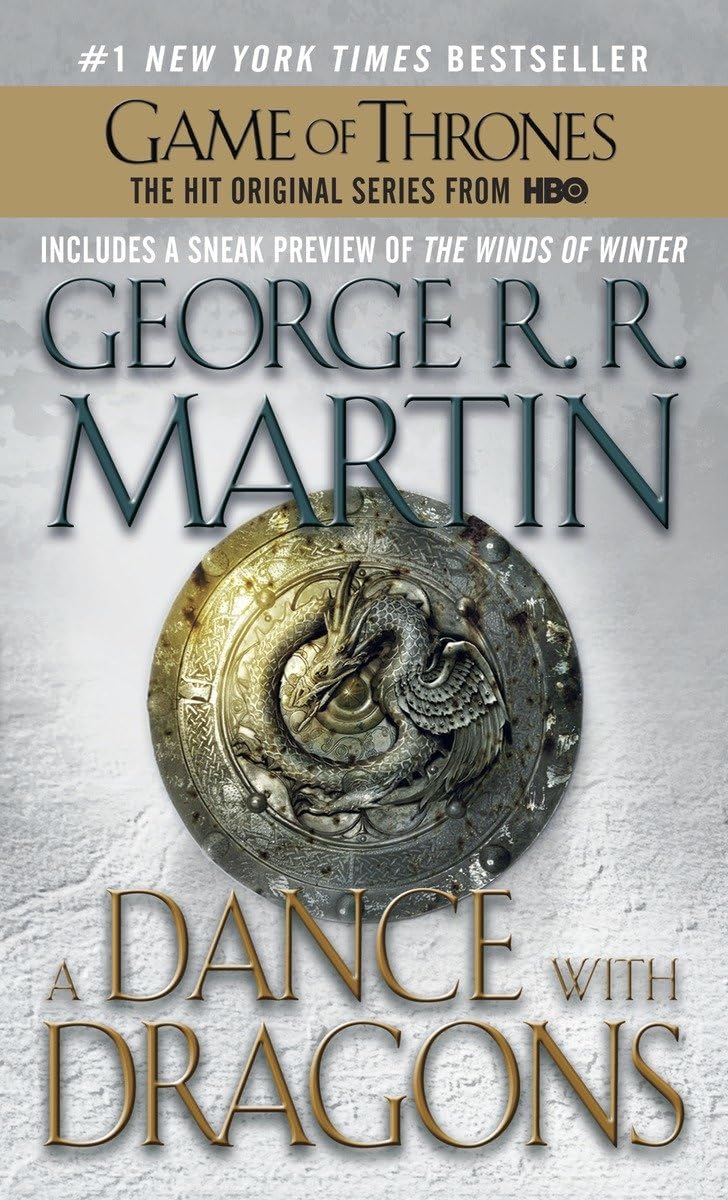
Show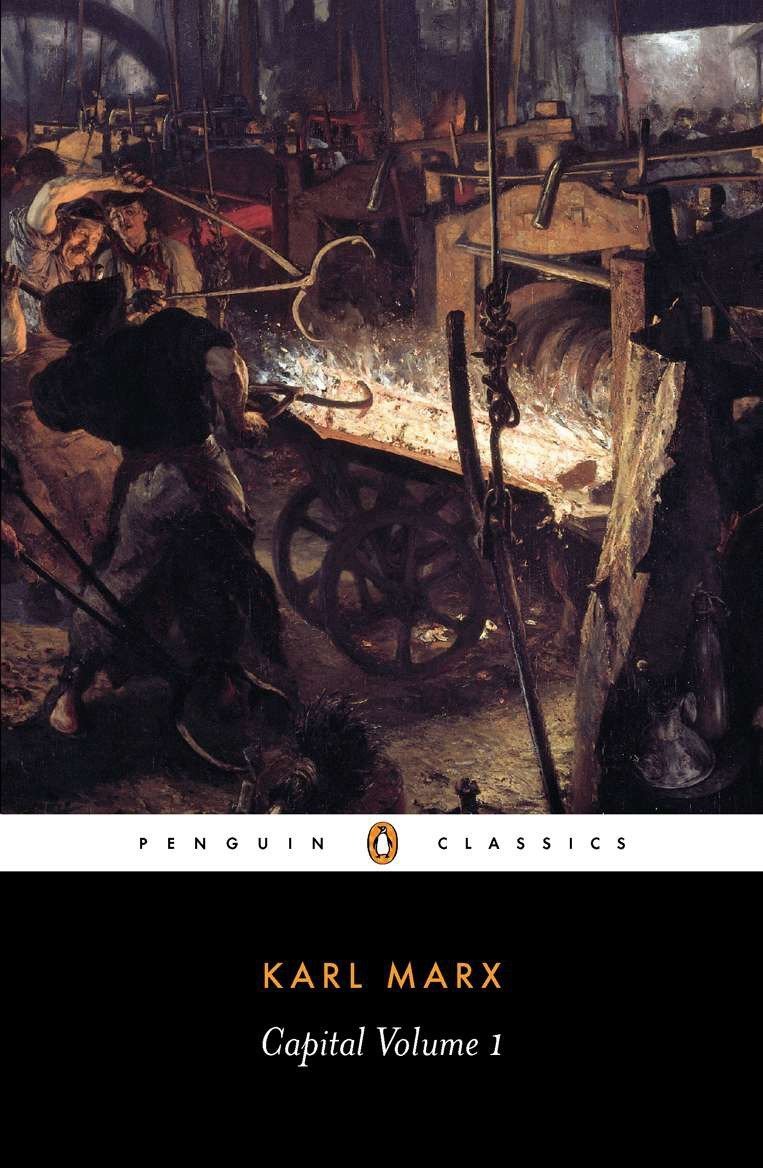
I'm going to stop reading A Dance with Dragons and the two Star Wars books for now and wrap up Empire, Incorporated and Determined while I continue on with Das Kapital.
Bonus question:
What do you PLAN to read later on?
Enjoy!
I am reading The Oxford Handbook of Iranian History as a preparation for my next read, which is Perceptions of Iran: History Myths And Nationalism From Medieval Persia To The Islamic Republic by Ali Ansari. One thing that the coauthors of the Oxford handbook have specially mentioned was the sense of national identity that premodern Iranians enjoyed, but it remains a very controversial subject. So I am intrigued to know how Ansari handles that question.
They seem interesting! Have you ever learned anything about Zoroastrianism? I remember learning it was popular in the region at some point in history.
Zoroastrianism is a principle component of Iranian identity in the antiquities, especially under Achaemenid rule during which its doctrines were formalised and the church was tied to the state apparatus.
As the empire grew, Zoroastrianism was spread as far as India (I heard the biggest Zoroastrian community today is located there). Some vassal states within the Acahemenid/Sassanid spheres of influence even adopted the religion, such as Armenia before it converted to Christianity. The extent of Zoroastrianism was so deep-rooted in Iranian societies that even centuries after the Islamic conquests it remained prevalent (There wasn't forced conversion to Islam but many eventually did to avoid paying war tributes).
There was also a popular movement led by the Zoroastrian priest Mazdak who preached for an egalitarian social system and the distribution of the wealth of the nobility and priests to peasants.